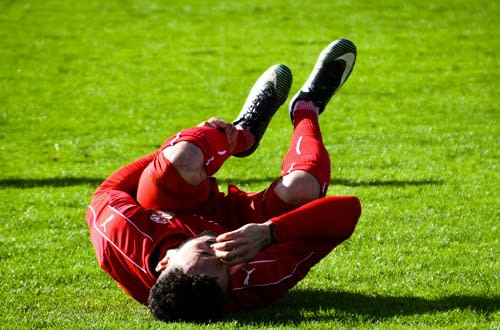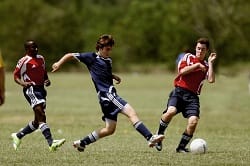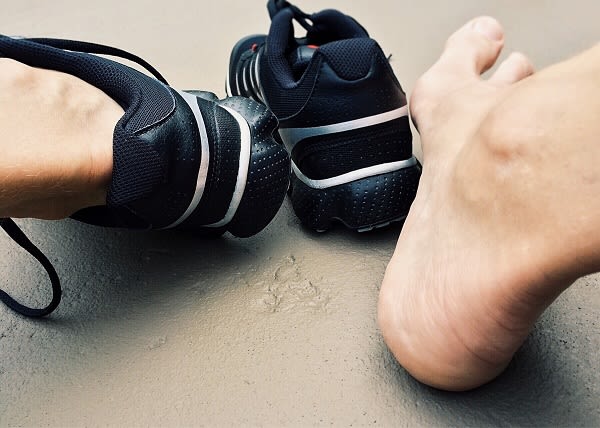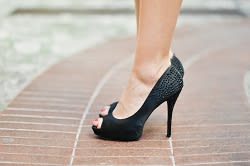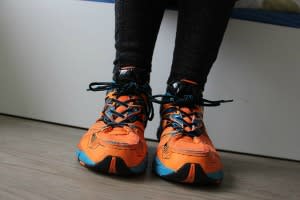Shin Splints and Indoor Track
Published: February 08, 2017l
By Robert Weiss, DPM
Recently we spent some time with one of the Staples indoor track runners, who had been suffering from shin splints over his high school career. So with a new pair of orthotics to balance his foot, leg and stabilize the leg muscles, he was able to get back on the track. The term shin splints is commonly used to describe pain in the lower leg. There are two types of shin splints which are named for the anatomical location of the pain.
The anterior shin splint is found in the front portion of the shin bone or tibia. The posterior shin splint is found on the inside section of the leg along the tibia. The anterior shin splint is a form of tendonitis, which may lead to a stress fracture.
The posterior shin splint, however, can be even more serious. One of the major problems of the posterior shin splint is caused by overuse injuries and pronation of the foot.
Pronation is an inward rolling and flattening of the inner portion of the foot. The posterior tibia tendon inserts into the inside of the foot as it courses down from the muscle in the inner portion of the leg. This constant pulling of the muscle and tendons can be over-stretched and can even rupture.
You don’t have to be involved in athletics for this condition to occur. Over the years, a flat-footed individual can create a weakening of the tendon which stretches to the point where it doesn’t function any longer. This causes the foot to drop even more, thereby causing difficulty and pain while walking. In the acute stages of the injury, an MRI test will show the level of a partial or complete rupture of the tendon.
Another self-test is if you can’t get up and stand on your toes. This signifies a possible rupture. At the first signs of any pain or balance problems, seek evaluation so it doesn’t become totally ruptured.
Dr. Robert F. Weiss is a podiatrist specializing in foot and ankle surgery with a practice in Darien, affiliated with Stamford Hospital and member of Stamford Health Medical Group-Foot & Ankle Institute. A member of the Medical Advisory Committee of the 1984 and 1988 Olympic Marathon Trials, he is a veteran of 35 marathons.
Featured Expert/ Author






